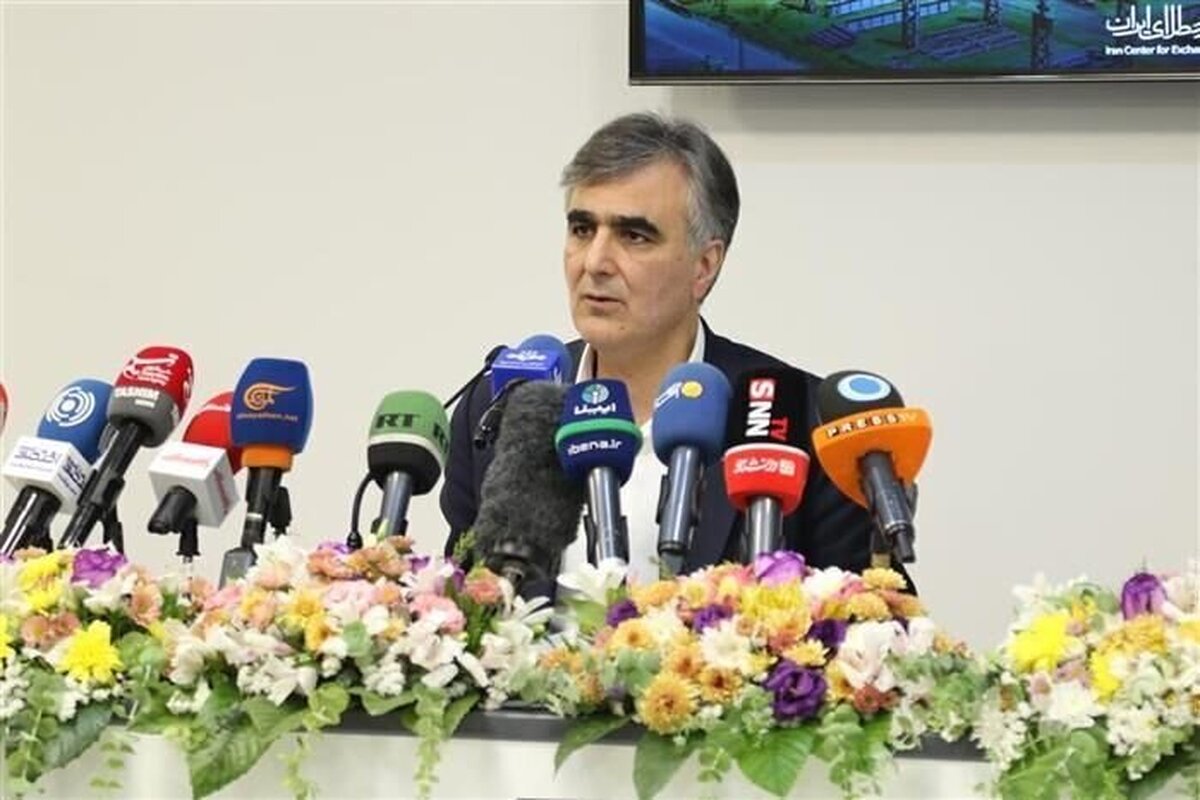
CNG Sales Increase Following Cyberattack on Gas Stations
EghtesadOnline: Following a cyberattack that severely disrupted the sale of subsidized gasoline in Iran last Tuesday, the sale of compressed natural gas has experienced a 50% jump per day, a member of the board of directors at Iran's CNG Association said.
“CNG demand has risen by 10 million cubic meters a day since last week as many car owners are not willing to fill up their tank with expensive, unsubsidized fuel,” the Energy Today website also quoted Mohsen Johari as saying.
Before the cyber assault, CNG sales peaked at 25 mcm/d and it has now reached 35 million cubic meters per day, he added.
The cyberattack forced the National Iranian Oil Refining and Distribution Company, a subsidiary of the National Iranian Oil Company, to reboot systems in 4,300 gas stations all over the country.
Although the state-run NIORDC claims the problem has been resolved, some gas stations are still selling the fuel at unsubsidized prices.
Gasoline is sold at two rates in Iran. As per the directive issued by NIORDC in 2019, private car owners can only buy 60 liters of subsidized gasoline every month at 15,000 rials (10 cents) a liter. Additional purchases (unsubsidized fuel) cost double.
Nonetheless, one cubic meter of CNG costs 6,000 rials (3 cents), which is about three times cheaper than gasoline.
“We are glad that CNG is sold without smart cards and CNG stations are not connected to any systems, otherwise they would have gone out of service, too,” Johari said.
“The gasoline sale system in Iran is outdated and it is likely to be hacked again.”
According to the Oil Ministry’s news agency Shana, currently, 2,646 CNG filling stations are operating in Iran and the number of vehicles with hybrid CNG engines has surpassed 4.119 million.
Retrofitted Vehicles
Latest statistics released by the National Iranian Oil Products Distribution Company indicate that since the launch of a nationwide scheme to convert 1.46 million gasoline-powered public transport and commercial vehicles to CNG hybrids earlier this year, about 150,000 vehicles have been retrofitted and another 10,000 cars are on the waiting list.
The scheme offers free of charge conversion services to drivers of taxis and commercial vehicles in the first phase.
To sign up for conversion, cab and pickup owners are required to register at Gcr.niopdc.ir, where their personal ID and vehicle information are screened to confirm their eligibility.
The first phase will only cover particular types of vehicles. A public call will be issued for the drivers of online taxis and other public transport vehicles in the next phases.
The plan is expected to curb gasoline consumption by 15 million liters a day. Total gasoline consumption in Iran now is close to 90 million liters per day.
In addition to curbing gasoline, the plan was set in motion to reduce CO2 emissions from heavy polluters. Comprised mostly of methane gas, CNG produces fewer undesirable gases compared to gasoline.
There are over 400 certified conversion centers in 25 provinces to help implement the scheme. They are equipped with domestically-made kits and tanks, and car owners are recommended to only visit authorized centers for a guaranteed and standardized result.
Private car owners can also call on these centers, but have to pay for the job.
NIOPDC has announced that of the 19 million vehicles in Iran, five million have hybrid CNG engines, accounting for 20% of overall CNG consumption. Globally, Iran is the fifth biggest CNG consumer. The US, EU, Russia and China use 75 mcm, 45 mcm, 40 mcm and 30 mcm of the fuel on a daily basis, respectively.
CNG is projected to comprise 35% of Iran's total fuel consumption by the end of the Sixth Five-Year Economic Development Plan (2017-22).
Unlike gasoline, eco-friendly CNG minimizes harmful carbon emission. This helps engines run more efficiently and increases the life of spark plugs.
Abundant gas deposits and cost-effective production justify replacing gasoline with compressed natural gas.
In the last decade, an estimated $2.4 billion were invested to expand CNG use in Iran.
CNG stations receive fuel via a local utility at a pressure lower than that used for vehicle fueling and the fuel station compresses the gas to a higher pressure for vehicle fueling.
Significant costs associated with setting up a gas filling station are related to land, engineering, station design, equipment and installation.


